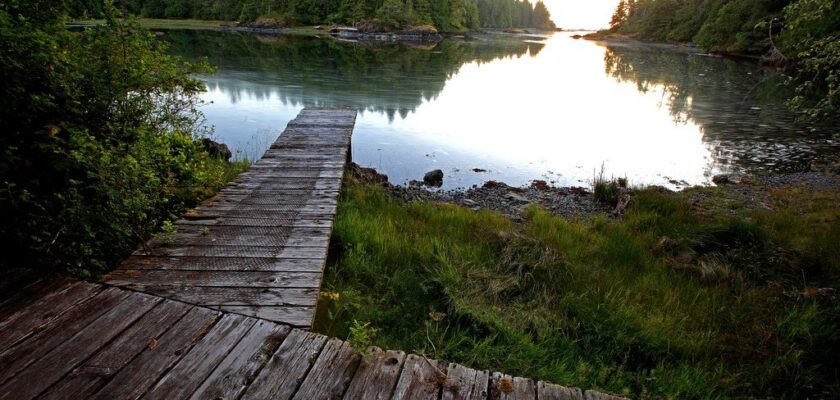Vancouver Island
Vancouver Island, long known as an artists’ paradise, an area of strikingly beautiful coastline, is separated from the western mainland of British Columbia by the Strait of Jogia.
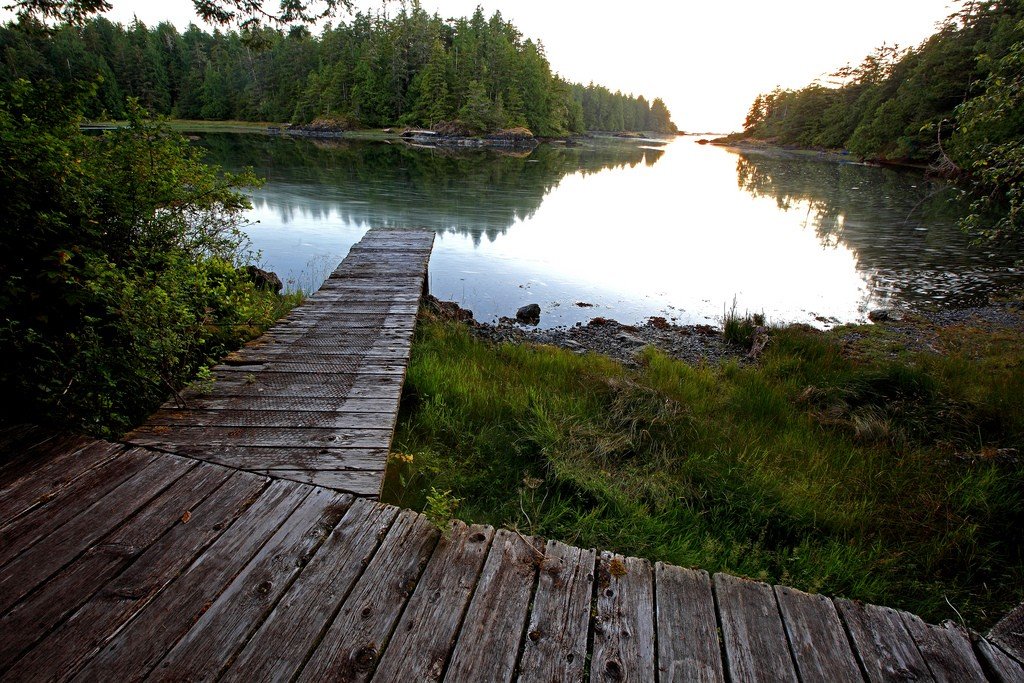
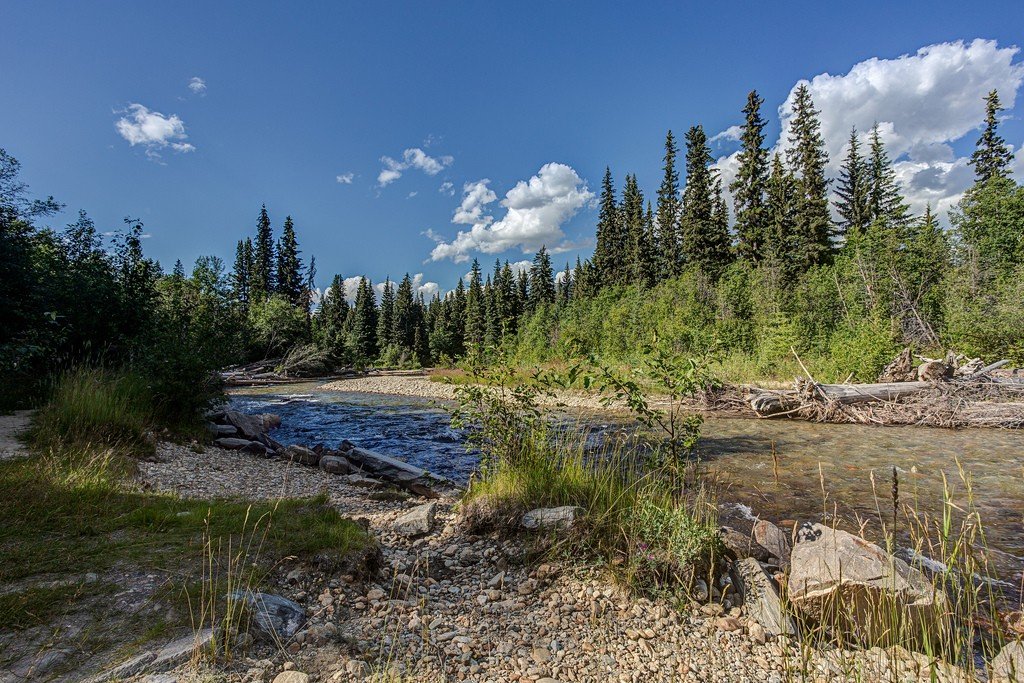
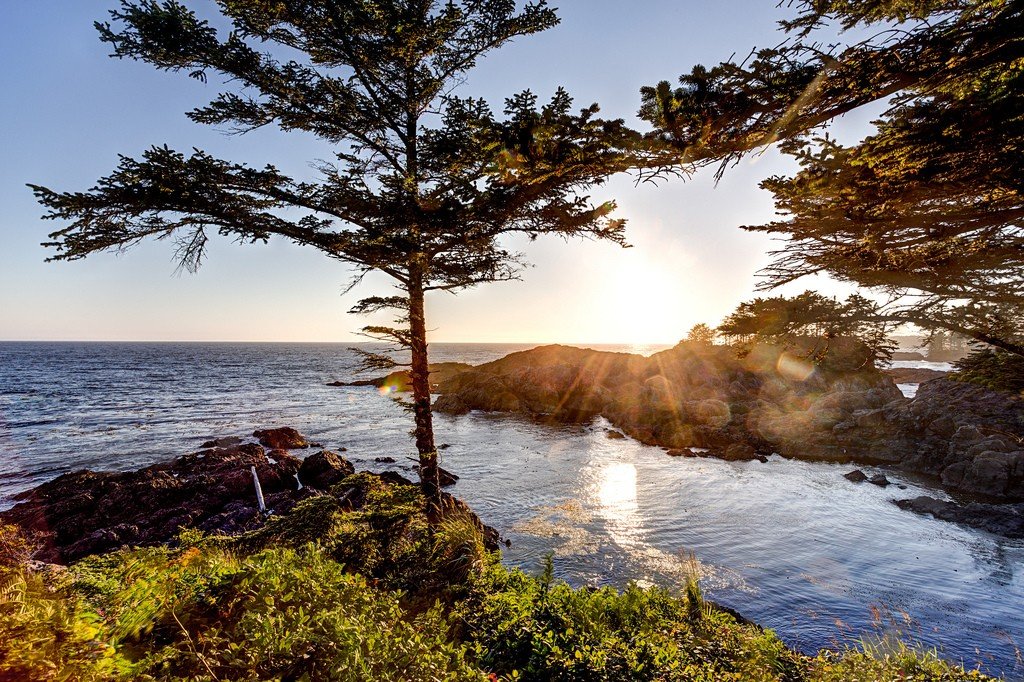
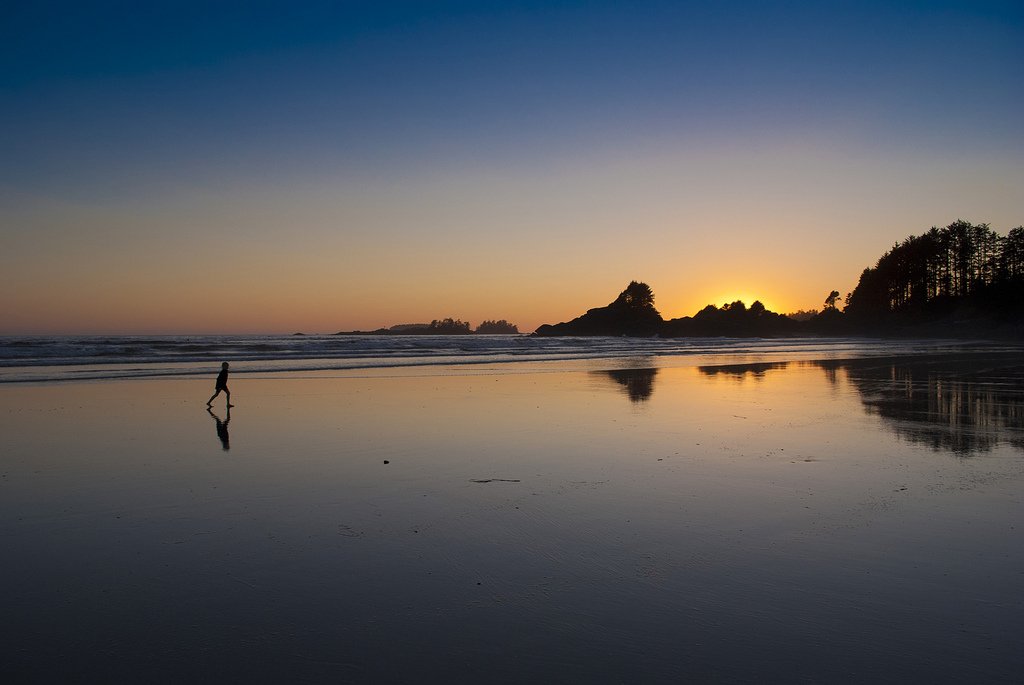
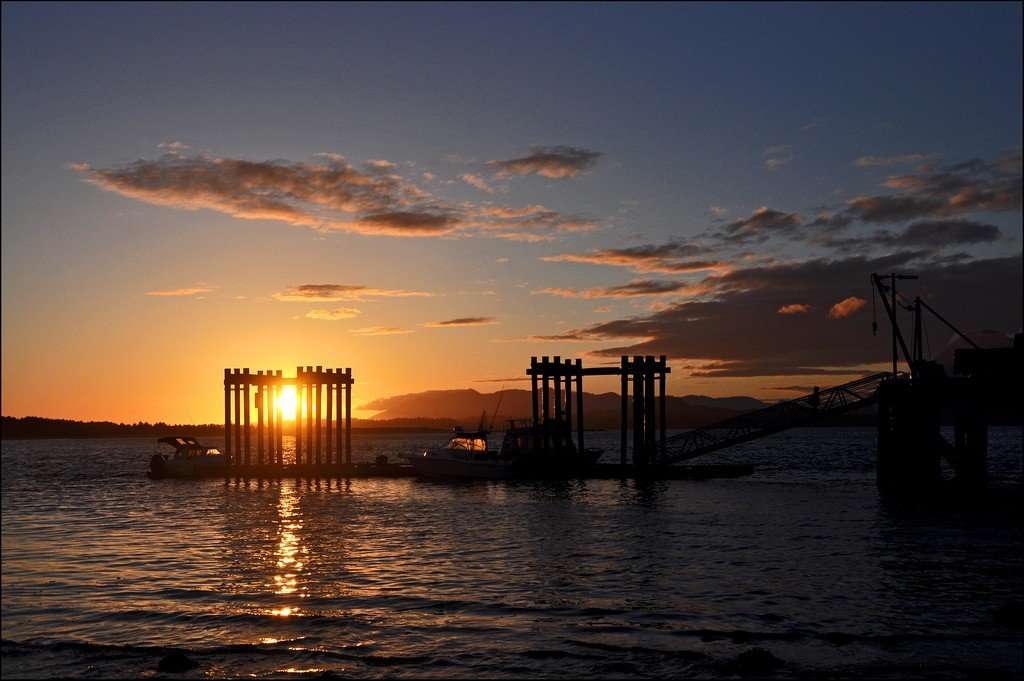
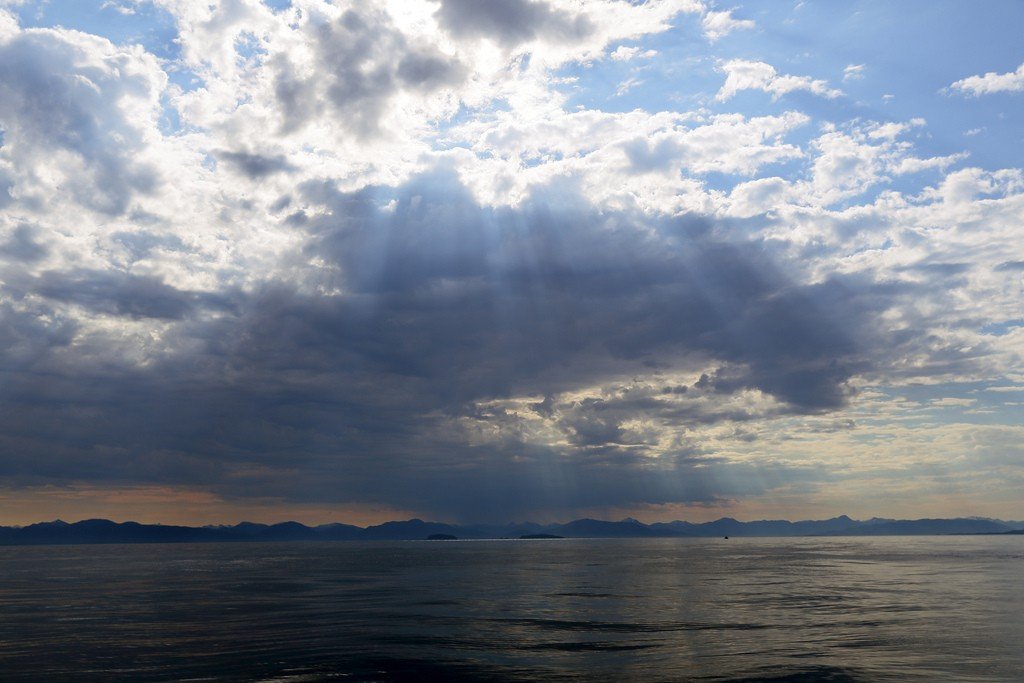
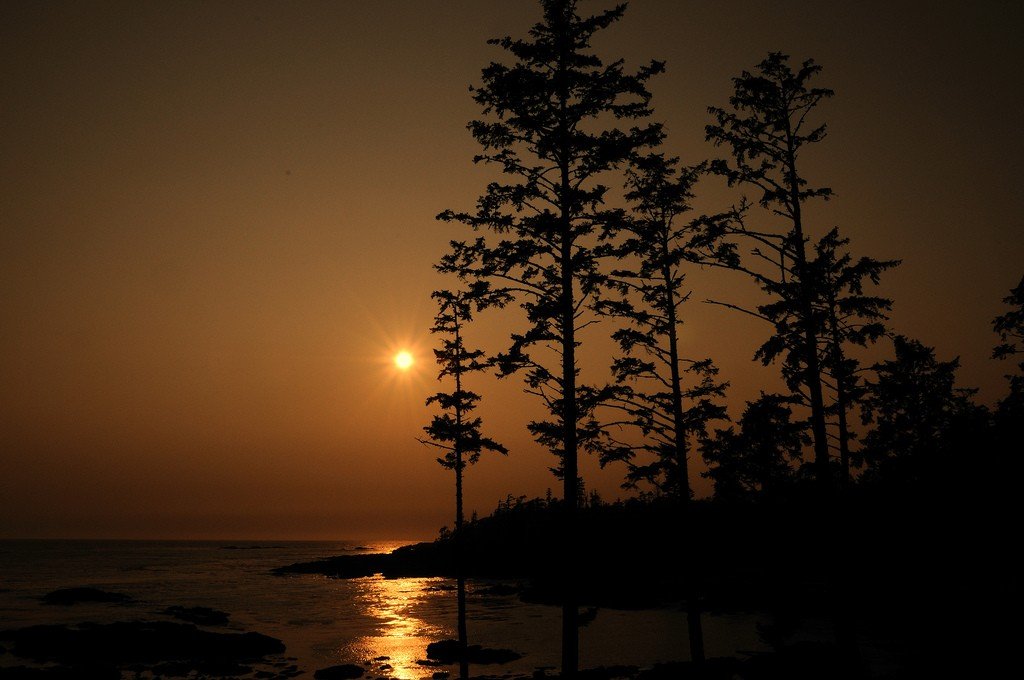
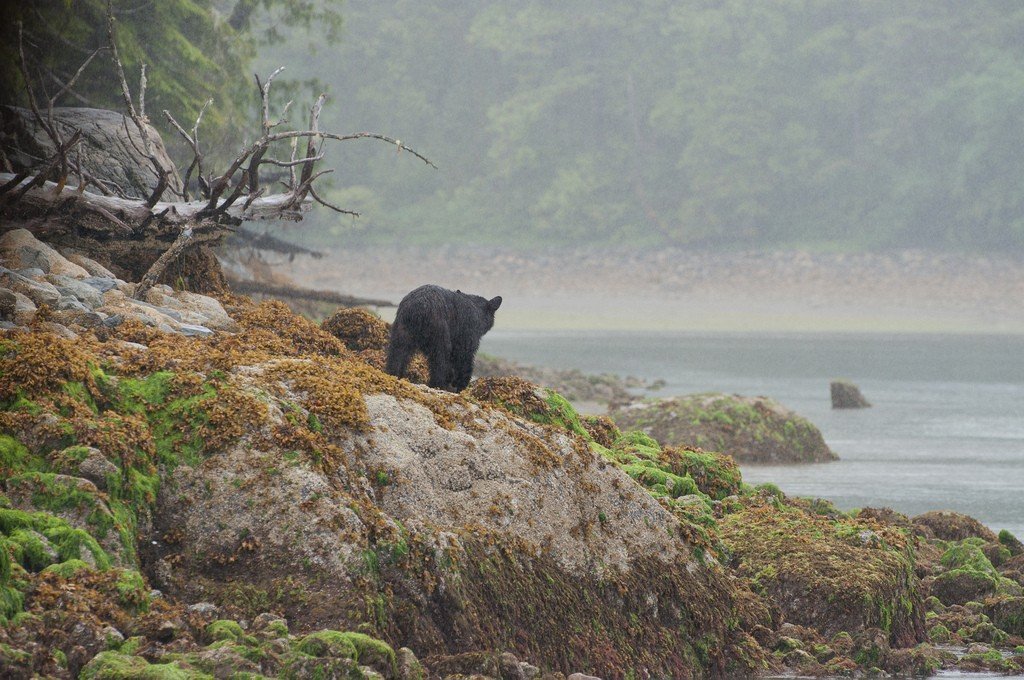
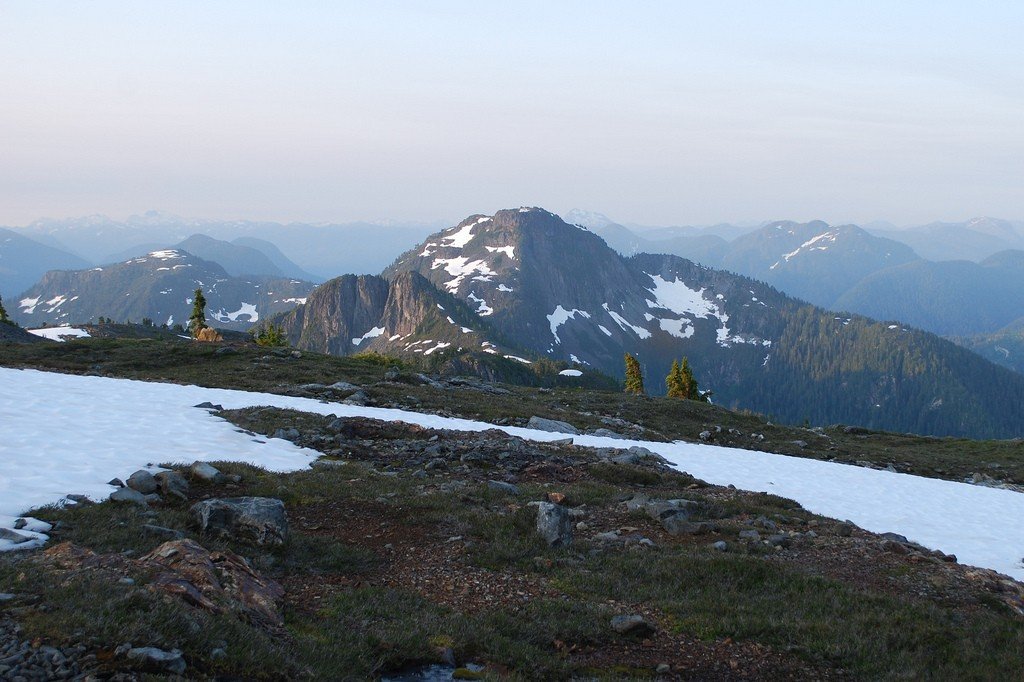
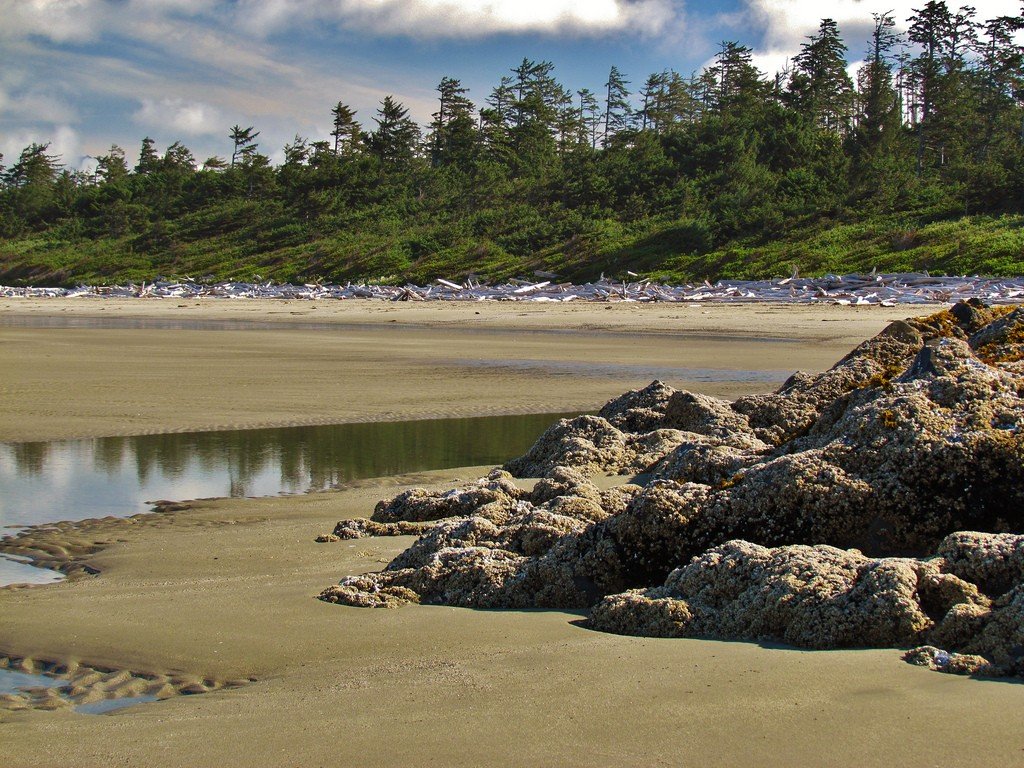
General Information
The mountainous Vancouver Island, 450 km long and 80 km wide, is densely forested with the world’s tallest spruce trees, reaching a height of 95 meters. Their wood is the raw material for one of the most important local industries. The island also attracts nature lovers: its forests offer excellent walks, its rivers offer fishing opportunities, including for trout. For several thousand years these places have been inhabited by Indians, who lived mainly by hunting and fishing.
.
These places are a paradise of pristine beaches and emerald green rain forests, where the hum of the Pacific Ocean surf echoes. A variety of plants and animals grow here, and majestic snow-capped mountains, glittering bays, rivers and lakes form an integral part of the ecosystems. It is here that you’ll find farmland, vineyards, and flower-filled meadows; tourists here have the unique opportunity to ski and golf on the same day.
.
Take the Horseshoe Bay car ferry in Vancouver to Nanaimo and then drive north on Highway 19. At Parksville, turn west onto Highway 4, which will give you the opportunity to cross the island, enjoying the beauty of its nature. The highway winds through protected forests. You’ll see red cedars, which indigenous peoples used to make canoes, totem poles and “long houses”; majestic Douglas firs, which provided material for building bridges, ships and homes for the early colonists; and Canadian (Sitka) spruce trees, the local version of the Christmas tree.
.About 20 km from Parksville, look out for a sign marking Little Qualicum Falls. The well-marked trail loops around its upper cascade dropping into a gorge, then follows the river rolls to the lower cascade dropping into another chasm. Drive a few more kilometers to Cameron Lake, where you can swim or picnic.
.Drive along Highway 4 along the lakeshore and you’ll see the famous Cathedral Grove with its impressively tall (up to 76 m) Douglas-fir trees (McMillan Provincial Park). Many of them are over 300 years old, with the oldest dating back to the 12th century. The excellent information boards along the walk route show the growth phases of these amazing trees. If you want to find yourself in a true primeval forest, venture off the beaten track.Once you’ve stocked up on picnic food in Port Alberni, continue on past Kennedy Lake to Pacific Rim National Park Reserve. Its sandy beaches are superb and the powerful surf consistently thrills the best surfers. Off the coast, Highway 4 turns north to one of the best resort areas with Long Beach – 22km of fine sand and top-notch surf all year round. Local hotels are ready to provide cooking facilities for any fish you (or your generous neighbor) can catch.
.
The boardwalk that runs along Wickaninnish Bay will take you in and out of the pine forest. Florencia Bay is a good beach for swimming, and South Bay is a mecca for collectors of so-called bespeckled rocks. Enthusiasts collect these green, reddish-purple and charcoal-black (the most valuable) fossilized stones and sort them by shape, size and texture until they find the perfect specimen. Once they find the right one, all other stones are discarded. It’s not uncommon to see a collector stroking his newfound treasure, filled with the belief that it will save him from all adversity. At Comber’s Beach, sea lions can be seen basking in the sun on boulders.
.
The peaceful fishing village of Tofino is home to a community of environmentalists, artists and poets who stand out for their way of life – in perfect harmony with nature. The Eagle Aerie Gallery, housed in a traditional “long house,” exhibits the work of its owner, artist Roy Henry Vickers.
On the island’s northeast coast, Cape Scott Provincial Park offers plenty of outdoor activities; it is especially popular with canoeing and kayaking enthusiasts. BC Ferries organizes day and night cruises along the scenic Inside Passage between the island’s heavily forested coastline and the Nordic fjords on the continent. At the southern end of the park is Raft Cove, a secluded, forested shoreline at the mouth of the McJack River.
.
If you’re lucky, you’ll see migrating whales off the coast. At the end of the beach is a sandy bay that can be accessed at low tide; here is the abandoned cabin of hunter-trapper Wili Hecht, one of the early settlers of Cape Scott. The ruins of Hecht’s abandoned home are located on the south shore opposite the Cape’s overgrown forest. Fresh water can be drawn from a nearby creek.
.Surfing, swimming, fishing, hiking and camping on the shore or in the forest on specially equipped sites are possible here. Caution is necessary at night as the park is home to black baribal bears, cougar cougars and wolves.
Wandering around the park feels like taking a journey of discovery.
.The picturesque capital, Victoria, is located on the southern edge of the island. It’s a very real Britain, with narrow streets lined with outdoor cafes, pubs and colorful gardens and boats lazily cruising in the shining harbor. There are many attractions, including the world-famous Botanical Gardens, where visitors are delighted by over a million plants. The garden is divided into themed areas – roses, Japanese gardens, Italian gardens, etc., and all are meticulously planned.
.Vancouver Island is a wonderful place where you’ll find plenty to do and not be bored throughout your trip.
.